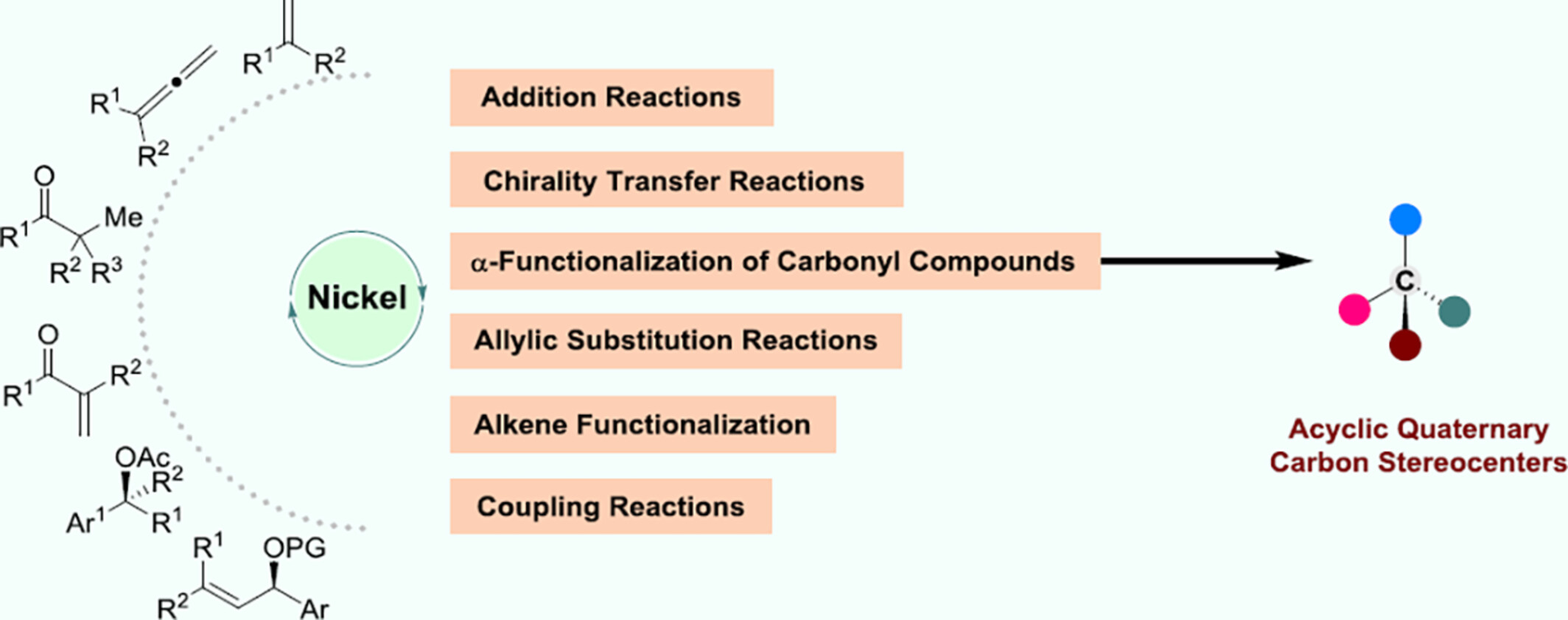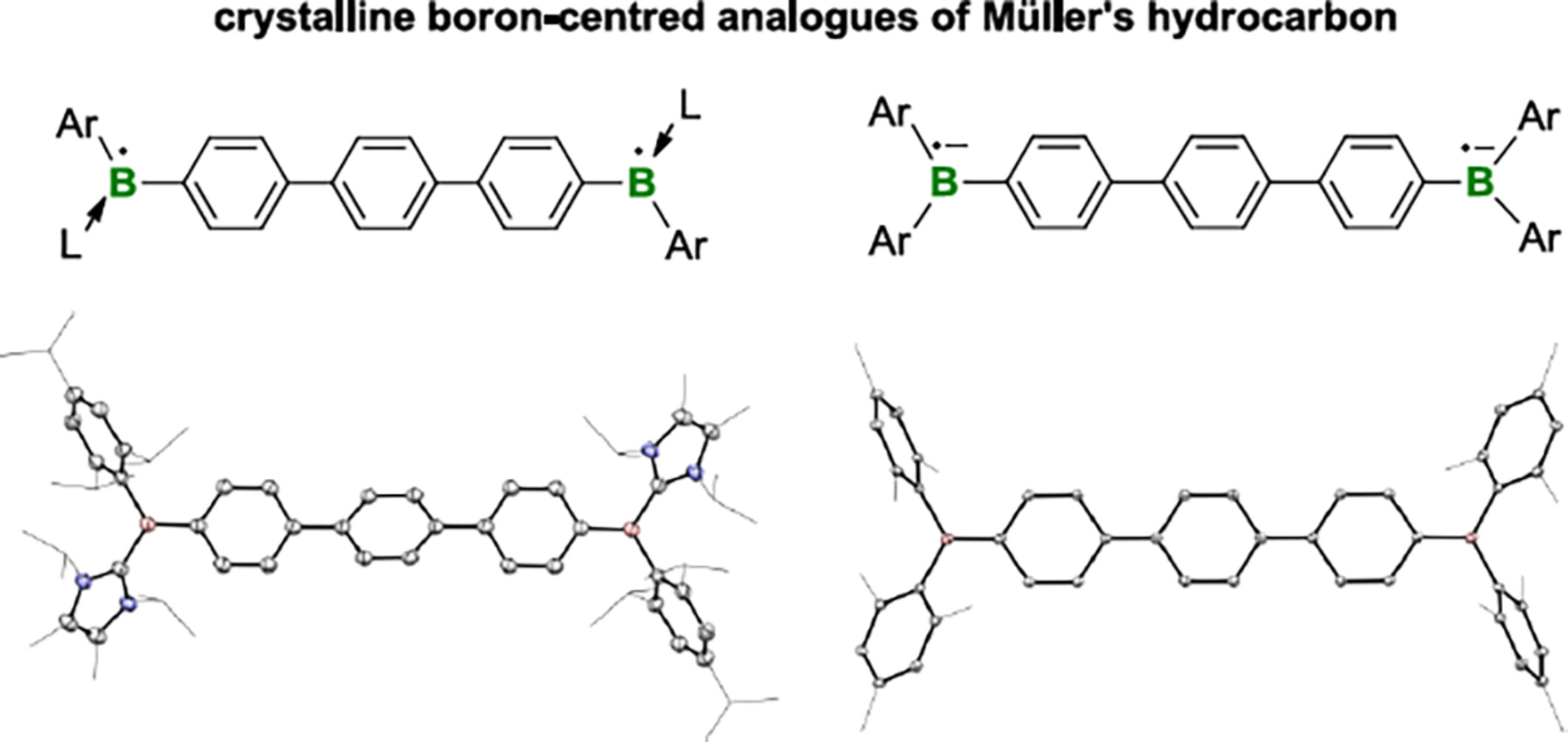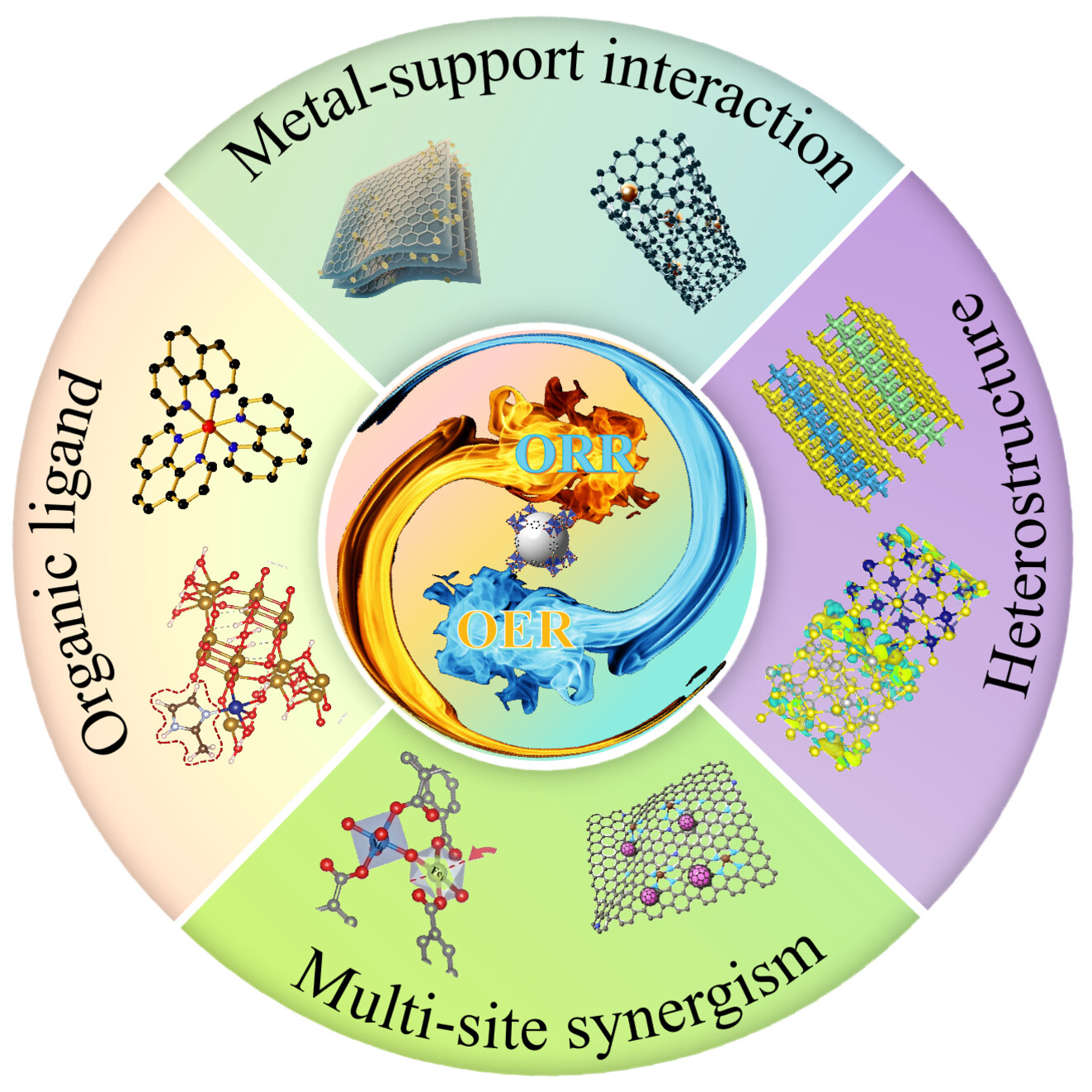Journal list menu
Export Citations
Download PDFs
Cover Picture
Cover Picture
- Page: 2421
- First Published: 15 September 2024
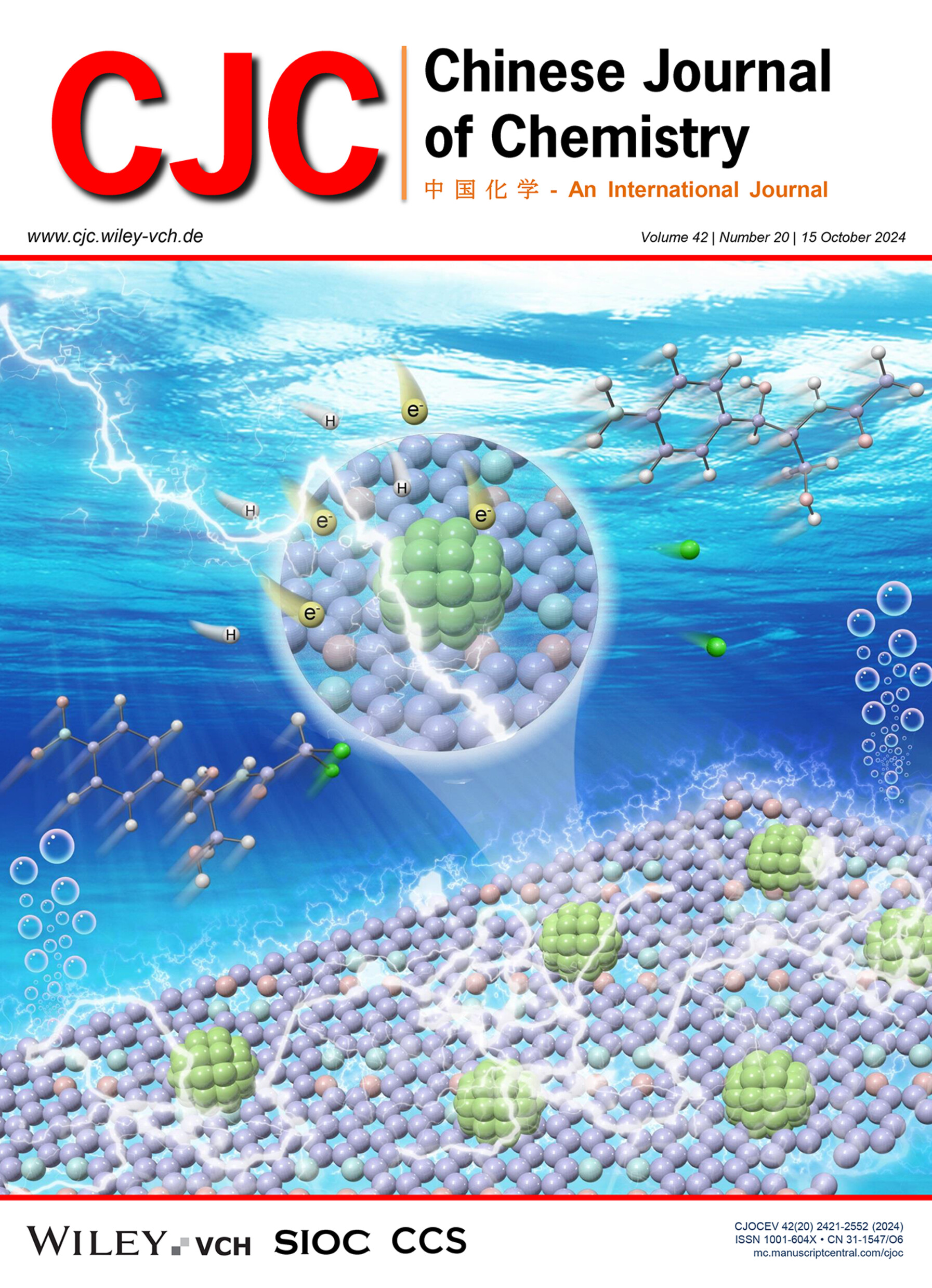
Mass transfer in electrolyte plays a crucial role in electrocatalytic degradation of organic pollutants. The doping of N and O atoms in carbon substrate effectively enhances the interactions between substrate and chloramphenicol (CAP), promoting the mass transfer process. Density functional theory calculations reveal that the doped N and O atoms form hydrogen bonds with CAP, enhancing the enrichment effect of CAP molecules in the vicinity around catalyst. More details are discussed in the article by Lu et al. on pages 2445—2452.
Inside Cover Picture
Inside Cover Picture
- Page: 2422
- First Published: 15 September 2024
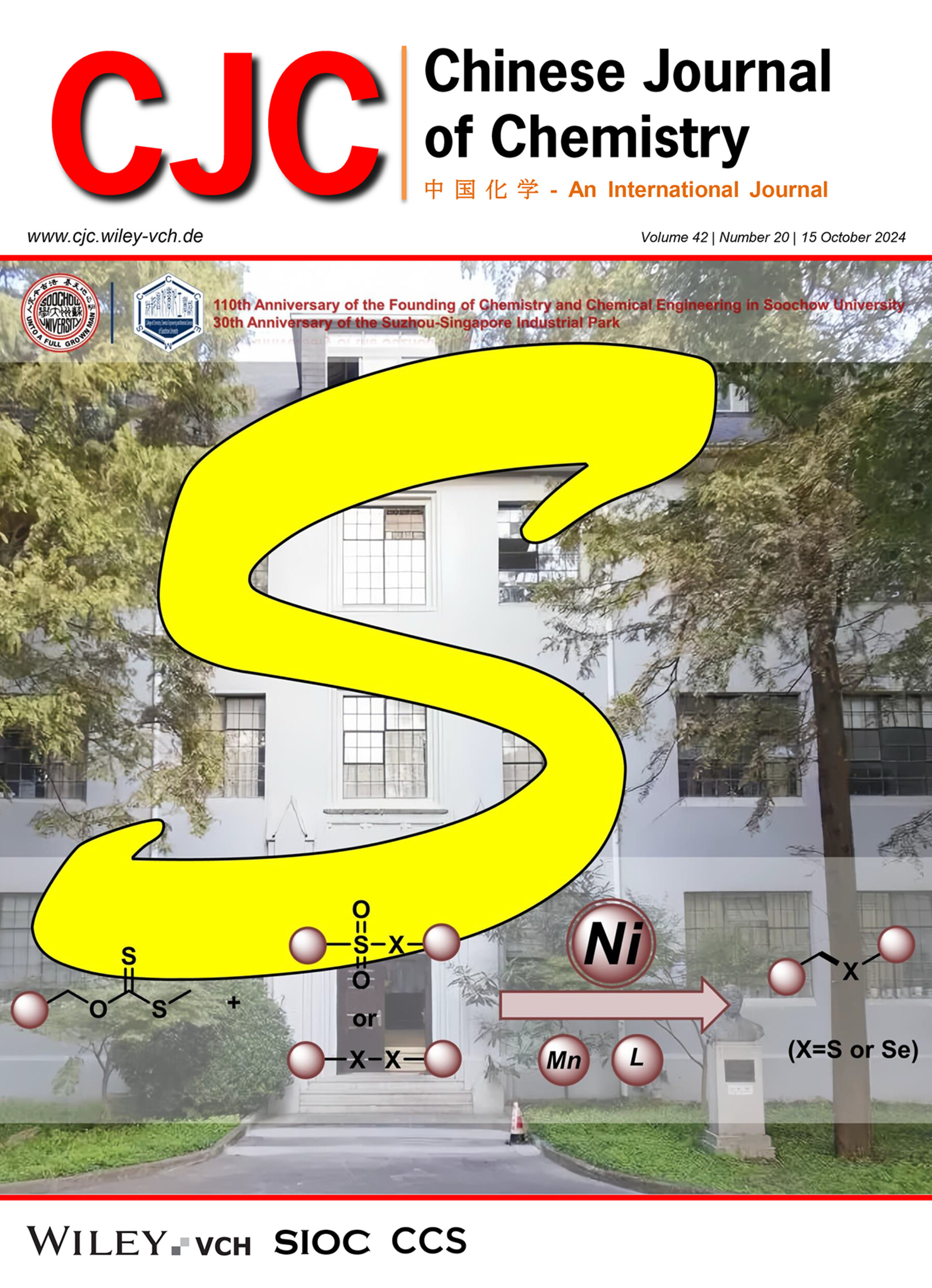
The picture in the background is the old chemistry building of Soochow University, the symbols of S are: 1. for the research field of Prof. Wang Shunyi's group at Soochow University: Organic Sulfur Chemistry; 2. for Soochow University; 3. for Suzhou; 4. for Singapore. We would like to take this opportunity to celebrate the 110th anniversary of the founding of Chemistry and Chemical Engineering in Soochow University, as well as the 30th anniversary of the Suzhou-Singapore Industrial Park. The cover image portrays the reductive coupling reaction of xanthate esters with sulfur-containing and selenium-containing compounds (thio(seleno)sulfonates and disulfides(selenides)) under the nickel-catalyzed condition. It provides a mild and effective method for the synthesis of unsymmetric sulfides and selenides. More details are discussed in the article by Wang et al. on pages 2453—2458.
Contents
Breaking Report
Iron-Catalyzed Oxidative Deconstruction of Polyethylene Terephthalate to Terephthalic Acid under O2
- Pages: 2431-2437
- First Published: 31 May 2024
Concise Report
A New Family of SO42–-Templated 3d-4f High-Nuclearity Clusters: Syntheses, Structures, and Magnetic Properties†
- Pages: 2438-2444
- First Published: 03 June 2024
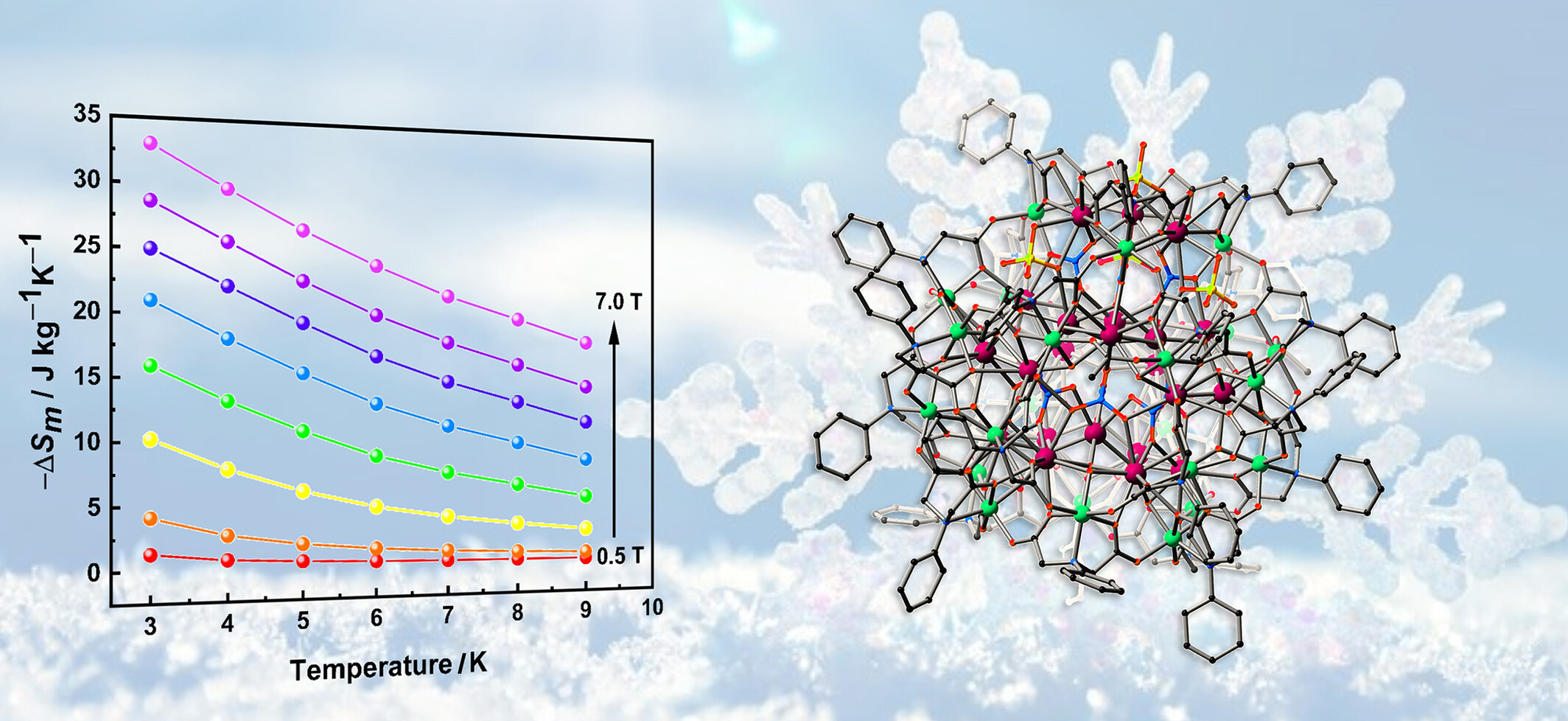
A new family of 3d-4f clusters {Ni24RE22} (RE = Pr, Nd, and Gd) with excellent stability were isolated by utilizing the SO42– anion from the in-situ decomposition of sodium dodecyl sulfonate as a template agent, which provides an effective method for the synthesis of novel high-nuclearity nanoclusters.
N, O Co-Doping Enhanced Adsorption of Chloramphenicol for Highly Efficient and Robust Electrocatalytic Hydrodechlorination
- Pages: 2445-2452
- First Published: 03 June 2024
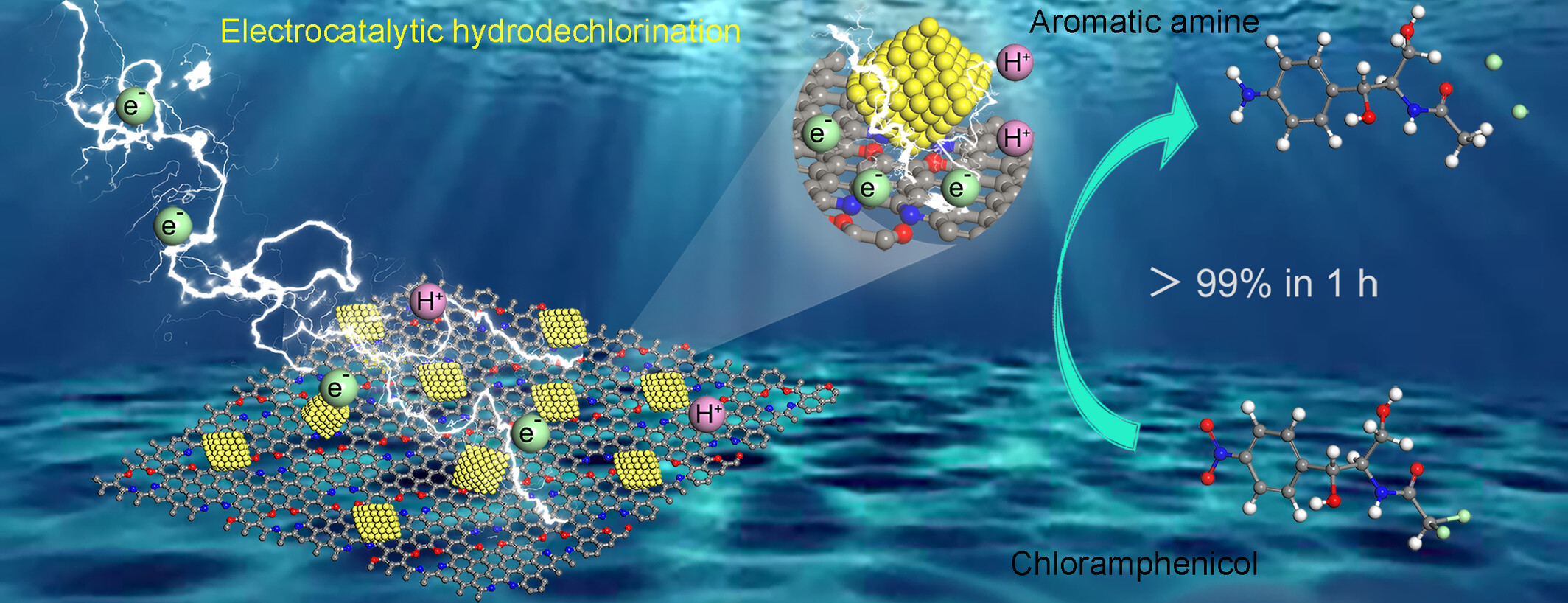
N, O co-doping strategy effectively strengthens the adsorption of chloramphenicol (CAP) on the surface of substrate, accelerating the mass transfer in solution and promoting the conversion of CAP. Pd NPs/NO-C composites could remove over 99% CAP contaminants within 1 h and exhibit a wide pH tolerance range, excellent ion interference resistance and cyclic stability.
Nickel(II)-Catalyzed Reductive Coupling of Xanthate Esters with Sulfur-Containing and Selenium-Containing Compounds: Synthesis of Unsymmetric Sulfides and Selenides
- Pages: 2453-2458
- First Published: 03 June 2024

We investigated the reductive cross-coupling reaction of sulfur-containing and selenium-containing compounds (thio(seleno)sulfonates and disulfides(selenides)) with xanthate esters under nickel-catalysed conditions. This reaction extends the xanthate esters, which generally generate alkyl radicals by C—O bond breaking under photo-catalysis, to the nickel-catalysed reductive cross-coupling reaction, providing a mild and effective method for the synthesis of a series of unsymmetric sulfides and selenides.
A General Protocol toward Oxindoles Bearing C3-Allylic Quaternary Stereocenter via Domino Reaction: A Concise Synthesis of Heterocycle-Fused Indoline Alkaloids
- Pages: 2459-2465
- First Published: 04 June 2024
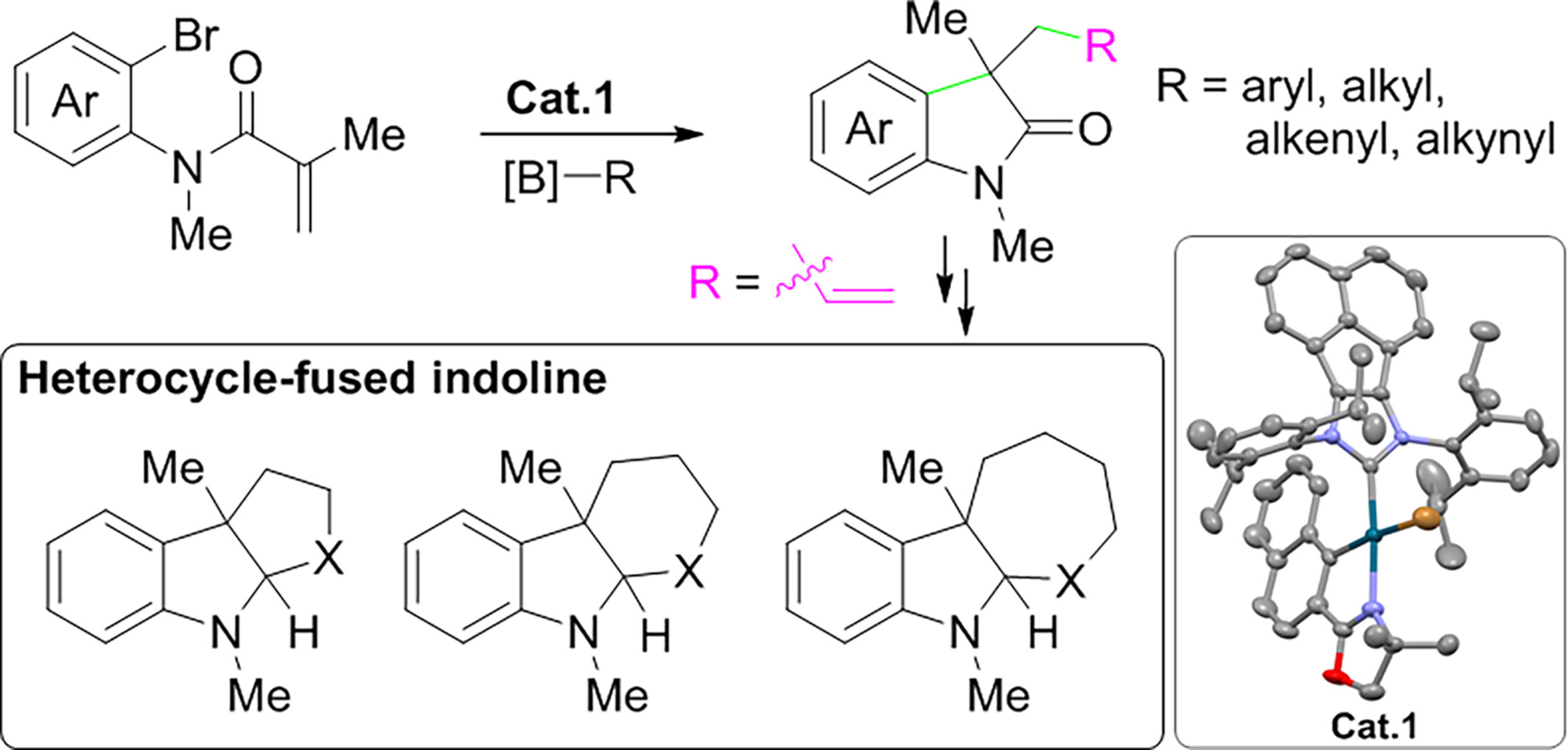
An efficiently catalytic method toward the synthesis of indolin-2-one featuring an allylic derived C3-quaternary stereocenter via an intramolecular Heck cyclization/Suzuki coupling of N-substituted-N-(2-bromophenyl)acrylamides and organoboron reagents was successfully developed by using a 1,3-bis(2,6-diisopropylphenyl)acenaphthoimidazol-2-ylidene (AnIPr)-ligated oxazoline palladacycle. It enabled a very broad substrate scope tolerating different functional groups, electronic properties and steric bulkiness. Notably, it revealed great potential to build diverse heterocycle-fused indoline alkaloids via the same intermediate 3-allyl-1,3-dimethylindolin-2-one.
Palladium/Xu-Phos Catalyzed Enantioselective Intramolecular Heck Reaction of Unactivated Alkenes
- Pages: 2466-2470
- First Published: 10 June 2024
Pillar[5]arene and Azine Derivative Assembly Improved Dual-Channel Detection of CN–
- Pages: 2471-2478
- First Published: 10 June 2024
Visible Light Catalyzed Reductive Cross-Coupling of α-CF3-alkyl Bromide and Alkynyl Bromide
- Pages: 2479-2484
- First Published: 21 June 2024
Recent Advances
Construction of Acyclic Quaternary Carbon Stereocenters via Enantioselective Nickel Catalysis
- Pages: 2485-2498
- First Published: 21 June 2024
Comprehensive Report
Photoactivated Circularly Polarized Room-Temperature Phosphorescence from Phenoselenazine Derivative and Its Application in Information Security
- Pages: 2499-2506
- First Published: 11 June 2024

The chiral perturbation approach using a combination of chiral binaphthol and phenoselenazine derivative was employed to achieve circularly polarized room-temperature phosphorescence properties, demonstrating a luminescence dissymmetry factor, emission efficiency, and lifetime up to 9.32 × 10–3, 27.0%, and 40.0 ms, respectively.
Crystalline Boron-Centered Analogues of Müller's Hydrocarbon
- Pages: 2507-2513
- First Published: 16 June 2024
Emerging Topic
Critical Review
Engineering the Active Sites of MOF-derived Catalysts: From Oxygen Activation to Activate Metal-Air Batteries
- Pages: 2520-2535
- First Published: 19 June 2024
Research Progress on Controllable Absorption Properties of Rare Earth Element Doped Electromagnetic Wave Absorbing Materials†
- Pages: 2536-2549
- First Published: 29 June 2024
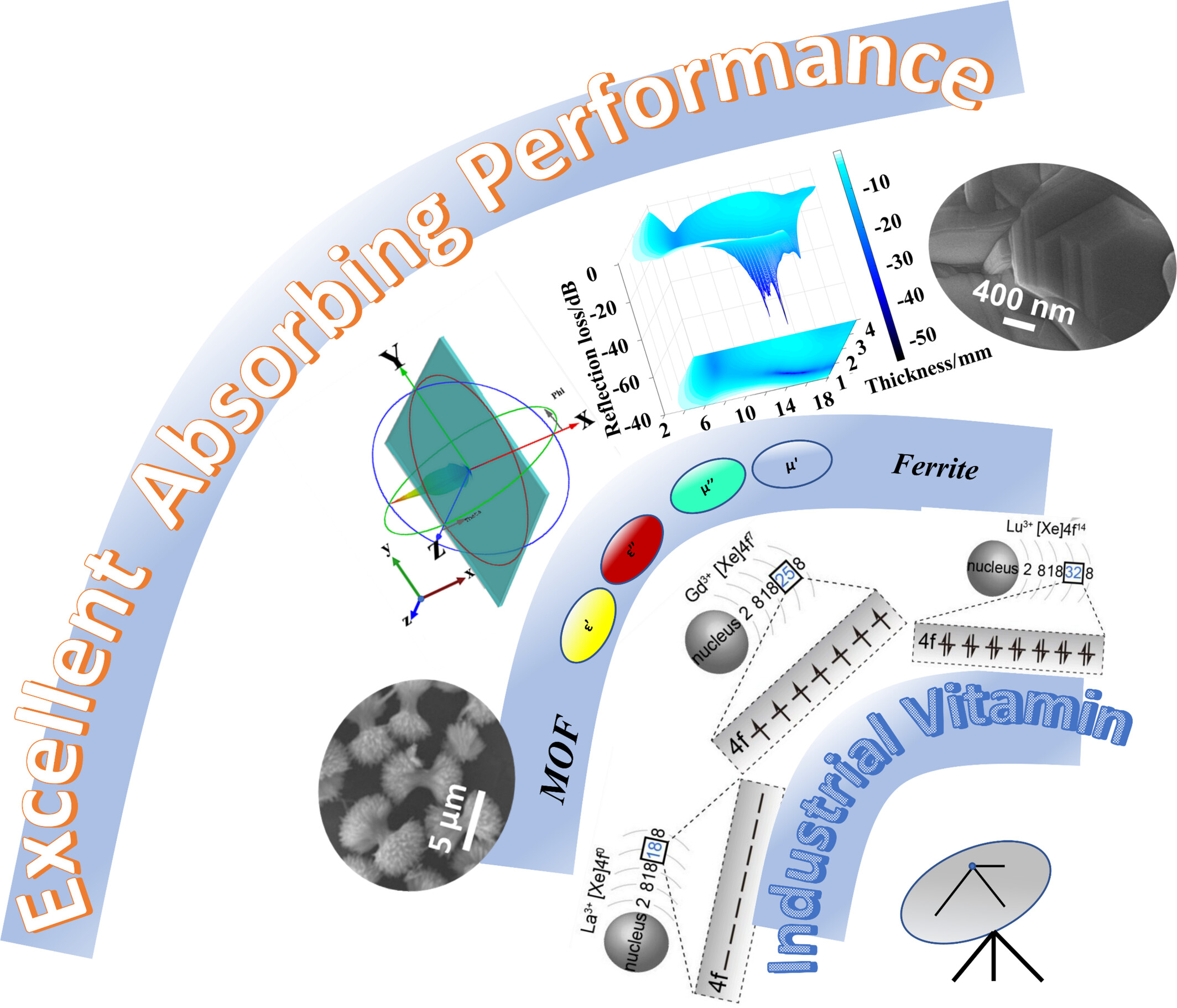
This review aims to clarify the underlined mechanism of electromagnetic wave (EMW) absorption and elaborate on the impact of RE doping by providing a comprehensive overview of recent progress in ferrites and MOFs dopped with RE elements. Finally, the limitations associated with RE doping in such materials are delineated, and the upcoming prospects for its application are highlighted.
Inside Back Cover
Inside Back Cover
- Page: 2551
- First Published: 15 September 2024
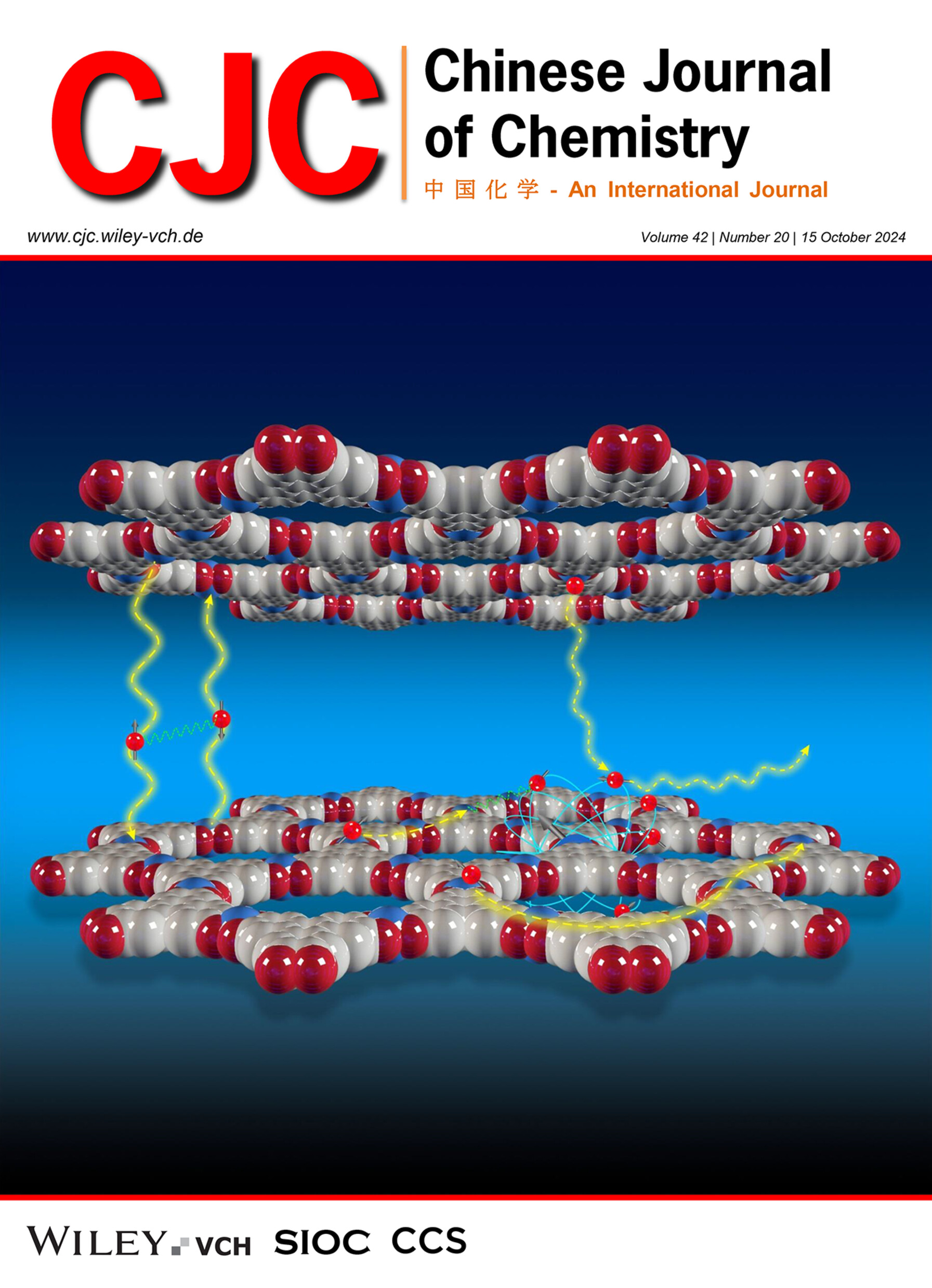
Metal−organic frameworks (MOFs) offer a versatile platform to investigate emergent physics, the collective behavior of condensed matter stemming from many-body interactions, thanks to their atomic-level designability and high spatial ordering. Strong correlations, superconductivity, charge density wave, long-range magnetic order, and quantum spin liquid phenomena in MOFs have been evidenced recently. These pioneering studies demonstrate the great potential of MOFs as quantum materials yet reveal challenges for their deep physical characterizations. More details are discussed in the Emerging Topic by Wang et al. on page 2514—2519.
Back Cover
Back Cover
- Page: 2552
- First Published: 15 September 2024
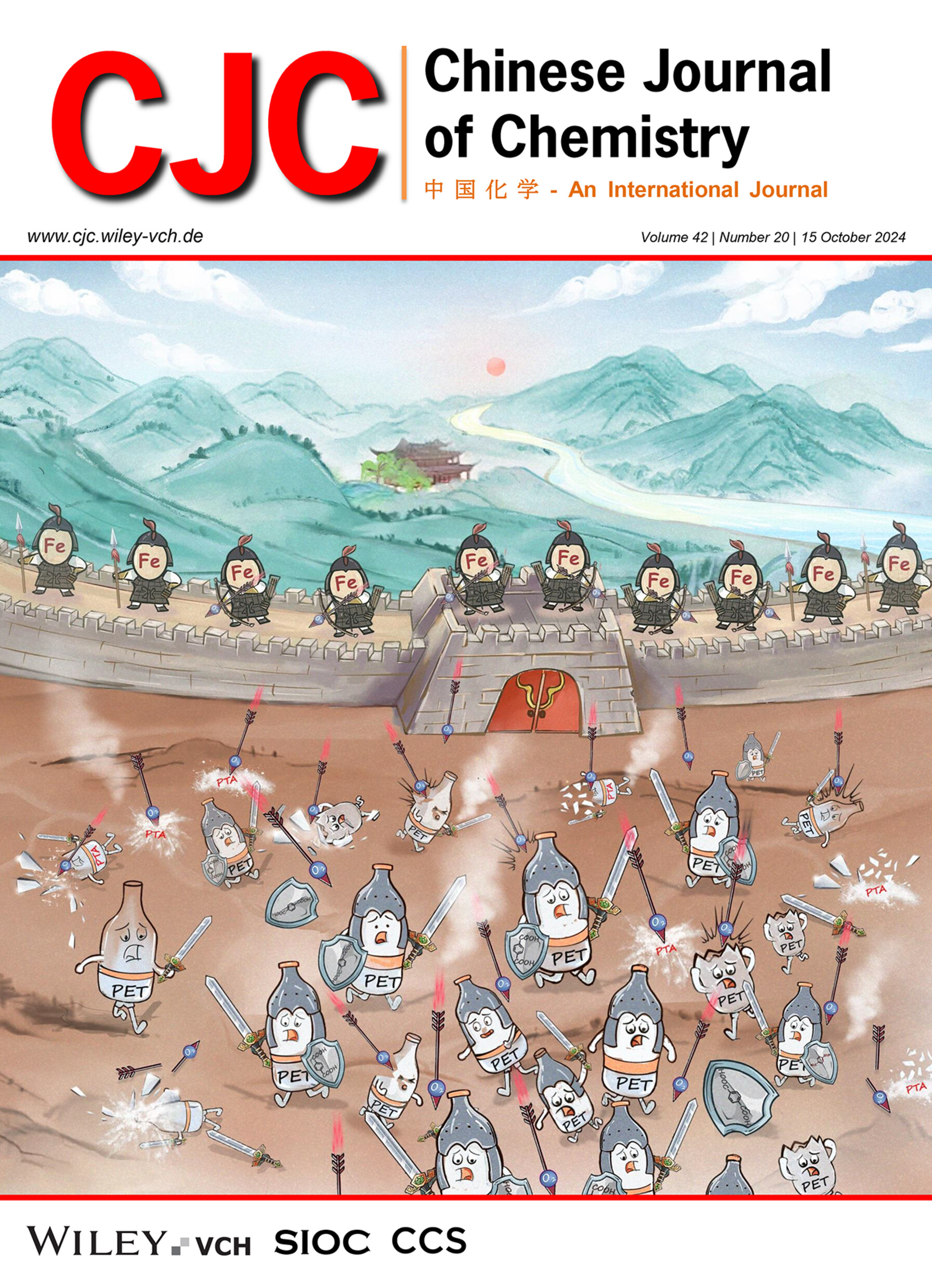
In a distant land where the balance of nature is under threat, PET plastic is surrounding the world. With unwavering determination, iron catalyst stands up as fearless soldiers, facing off against the insidious PET plastic. Drawing upon the power of O2 arrows, iron catalyst's weapon of choice, a powerful reaction unfolded. The oxygen arrows break down the enemy's defenses, shattering its polymer chains into submission to harmless fragments that could be easily recovered. More details are discussed in the article by Zeng et al. on pages 2431—2437.




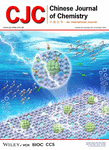


![Pillar[5]arene and Azine Derivative Assembly Improved Dual-Channel Detection of CN–](/cms/asset/d147e5d0-8c32-46df-b4e1-839bac6c7b1b/cjoc202400394-toc-0001-m.jpg)

